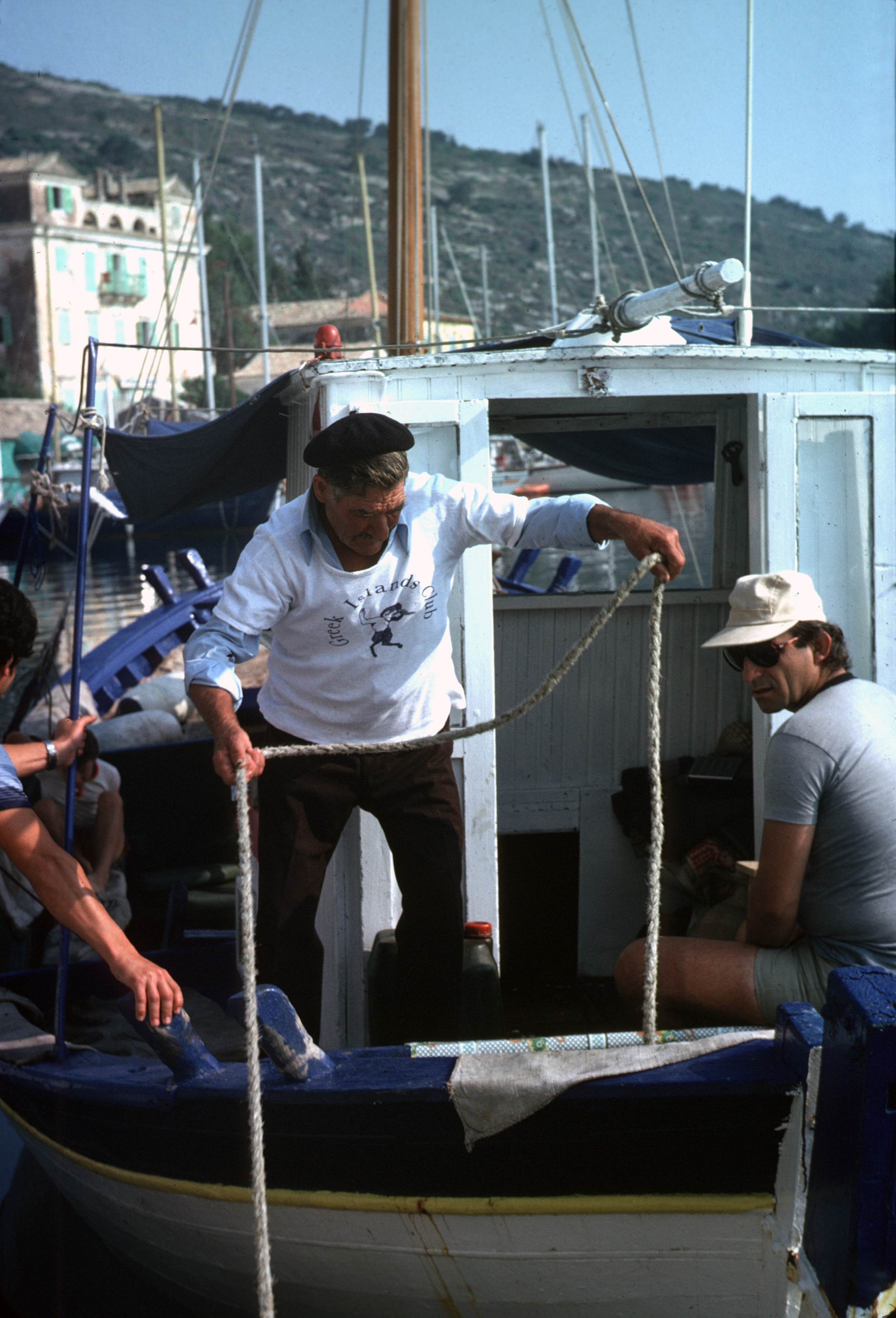The only way of getting from Corfu to Paxos in 1965, my first visit, was aboard a weather-worn, wooden caique called “Aspasia”. A central deckhouse cum cockpit provided hard bench seating for around 40 passengers. The Aspasia’s crossing time varied between 5 and 7 hours depending on the weather. The journey south from Corfu Town,…

